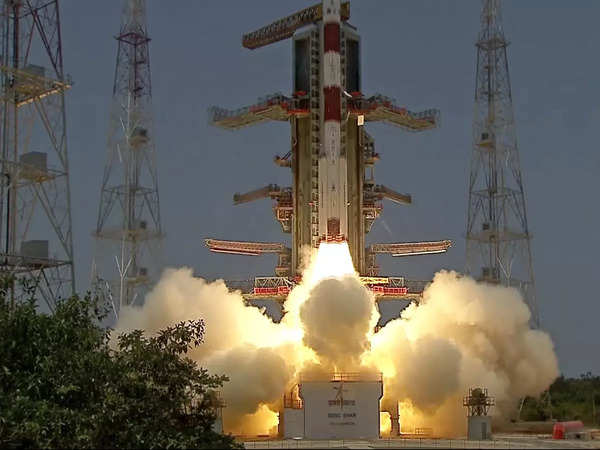Aditya L1: India's Next Frontier in Space Exploration
Introduction
India has been making significant strides in the field of space exploration, and the Aditya L1 mission is yet another testament to the country's commitment to scientific discovery and technological advancement. Named after the Hindu sun god Aditya, this mission aims to unravel the mysteries of our nearest star, the Sun. As India's second dedicated solar mission, Aditya L1 promises to provide invaluable insights into solar phenomena and space weather, which have far-reaching implications for both scientific research and practical applications.
Understanding the Aditya L1 Mission
Aditya L1, also known as the Aditya-1 mission, is a solar observatory mission launched by the Indian Space Research Organization (ISRO). The primary objective of this mission is to study the Sun and its dynamic behavior. While the Sun is the source of energy and life on Earth, it also produces a myriad of phenomena that can impact our planet's technological infrastructure and climate.
Key Objectives:
Solar Corona Study: Aditya L1 will focus on observing the solar corona, the outermost layer of the Sun's atmosphere. Studying the corona is crucial for understanding solar flares, which can disrupt communication and navigation systems on Earth.
Solar Magnetic Fields: The mission aims to measure the magnetic fields of the Sun and their impact on solar activity, such as the formation of sunspots and solar cycles.
Space Weather Prediction: Aditya L1 will provide data that can help improve space weather forecasts. Solar storms, which result from the Sun's activity, can damage satellites, power grids, and communication systems on Earth.
Origin of Solar Wind: The mission will investigate the origin and acceleration of the solar wind, a continuous stream of charged particles emanating from the Sun.
Scientific Significance
The Aditya L1 mission holds immense scientific significance for several reasons:
Better Space Weather Prediction: Understanding solar activity and its impact on Earth's magnetosphere can lead to more accurate space weather predictions. This is crucial for safeguarding our technology-dependent society from solar storms.
Solar Physics Advancements: The data collected by Aditya L1 will contribute to advancements in solar physics, shedding light on the Sun's behavior and its role in the larger context of astrophysics.
International Collaboration: The mission has collaborations with international space agencies and research organizations, promoting global cooperation in space science.
Inspiring Future Generations: India's continued success in space exploration, including missions like Aditya L1, serves as an inspiration for young scientists and engineers, encouraging them to pursue careers in space research.
Challenges and Future Prospects
The Aditya L1 mission, like any space endeavor, comes with its own set of challenges. These challenges include the harsh radiation environment near the Sun, which can affect spacecraft instruments and communication, as well as the need for precise navigation to maintain a stable orbit.
Despite these challenges, Aditya L1 is expected to make groundbreaking contributions to solar science and space weather prediction. The data generated by this mission will benefit not only the scientific community but also industries like telecommunications, navigation, and power distribution that rely on space-based technology.
Conclusion
India's Aditya L1 mission is a remarkable endeavor in the realm of space exploration. By studying the Sun, our nearest star, this mission promises to unlock a deeper understanding of the solar system and its impact on our planet. With its scientific objectives, technological advancements, and potential for international collaboration, Aditya L1 represents another giant leap for India's space program and its contributions to global space science. As we eagerly await the results of this mission, we can anticipate a brighter future in space research and technology for India and the world

Good job guys ... We students need this kind of things...
ReplyDeleteThanks